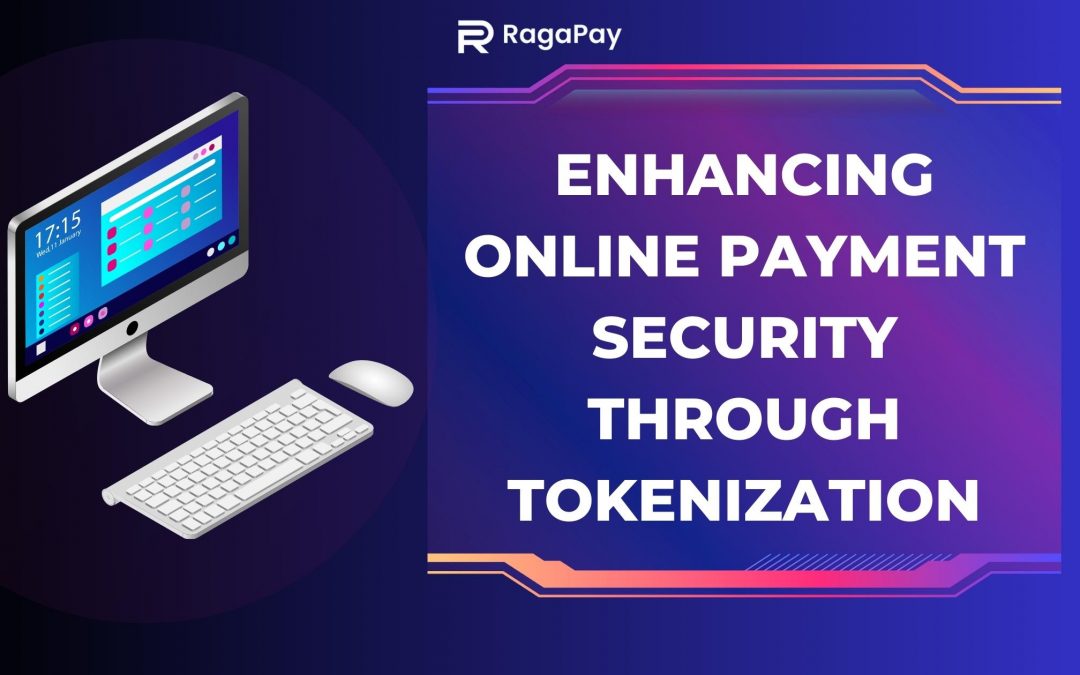Introduction
In today’s digital age, online payments have become an integral part of our daily lives. As more transactions occur over the internet, ensuring the security and integrity of these payments has become paramount. One crucial technique that has emerged to address this concern is tokenization. Tokenization provides an additional layer of security to online payment processes, safeguarding sensitive information from potential threats and enhancing overall payment security. This article will delve into the concept of tokenization and explore how it makes online payments more secure.
Understanding Tokenization:
Tokenization is the process of substituting sensitive data, such as credit card numbers, with unique identification symbols called tokens. These tokens are randomly generated and serve as surrogate values for the original data. The actual sensitive information is securely stored in a token vault or database, usually maintained by a trusted third-party payment service provider. Whenever a transaction is initiated, the token is used instead of the actual data, ensuring that the sensitive information is never exposed or transmitted over the network.
Enhanced Security Measures:
Tokenization significantly enhances the security of online payments in several ways:
Data Breach Mitigation: By replacing sensitive data with tokens, tokenization reduces the value of data in the event of a security breach. Even if an attacker gains unauthorised access to the token vault, they will only retrieve meaningless tokens that hold no value or sensitive information. This minimises the impact of a data breach and protects customer data from being compromised.
Secure Data Transmission: Tokenization ensures that sensitive data is not transmitted during payment processes. Instead, only the token is exchanged, reducing the risk of interception or eavesdropping. This adds an extra layer of security, as the tokenized data is meaningless and cannot be exploited even if intercepted.
Compliance with Industry Standards: Tokenization aids businesses in adhering to various industry standards and regulations, such as the Payment Card Industry Data Security Standard (PCI DSS). By implementing tokenization, organisations can reduce their PCI DSS scope, as the sensitive cardholder data is removed from their systems. This simplifies the compliance process and helps maintain a secure payment environment.
Fraud Prevention: Tokens are unique and non-traceable, making them ineffective for fraudsters attempting to use intercepted or stolen tokens for unauthorised transactions. Additionally, tokenization can be combined with advanced fraud detection mechanisms, such as transaction monitoring and behavioural analytics, to detect and prevent fraudulent activities more effectively.
Convenient Customer Experience: Tokenization enhances the customer experience by eliminating the need for users to repeatedly enter sensitive information for every transaction. Once a token is generated and associated with a customer’s account, it can be securely stored for future use. This simplifies the payment process and reduces the risk of manual errors or accidental exposure of sensitive data.
Conclusion:
Tokenization serves as a powerful security measure that significantly enhances the safety and integrity of online payment processes. By replacing sensitive data with tokens, businesses can mitigate the risks associated with data breaches, secure data transmission, comply with industry standards, prevent fraud, and provide a seamless customer experience. The implementation of tokenization not only protects customer data but also enhances trust and confidence in online payment systems.
As the digital landscape continues to evolve, it is crucial for organisations to prioritise the security of online payments. Tokenization stands as an effective solution that complements encryption and other security measures, providing an additional layer of protection against potential threats. By leveraging tokenization technology, businesses can instil confidence in their customers and ensure that their sensitive information remains safe and secure throughout the payment journey.

